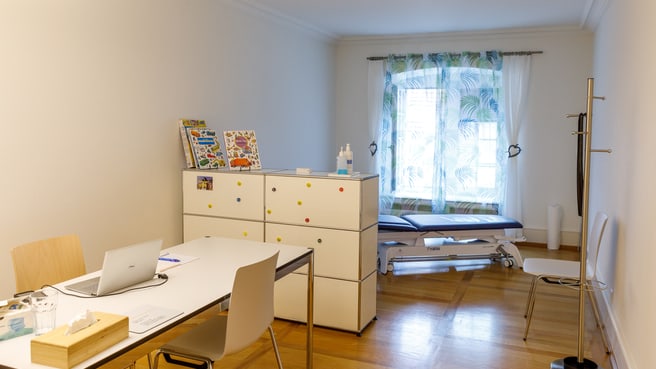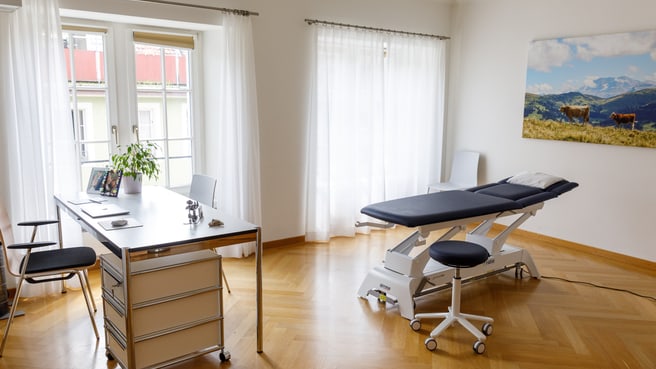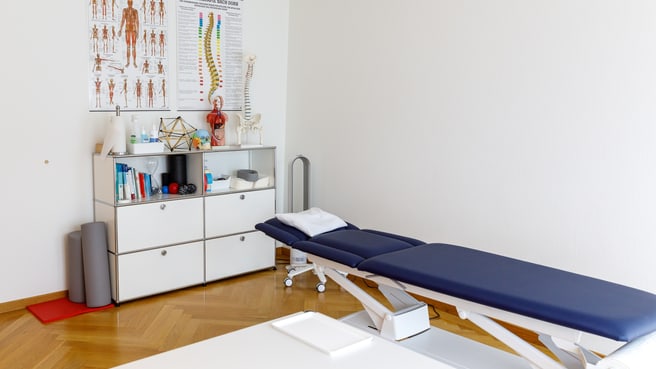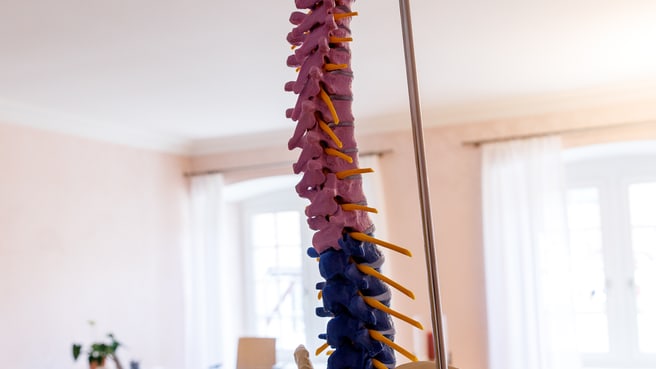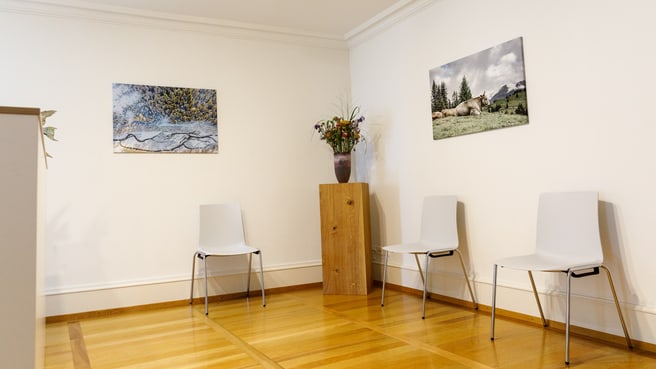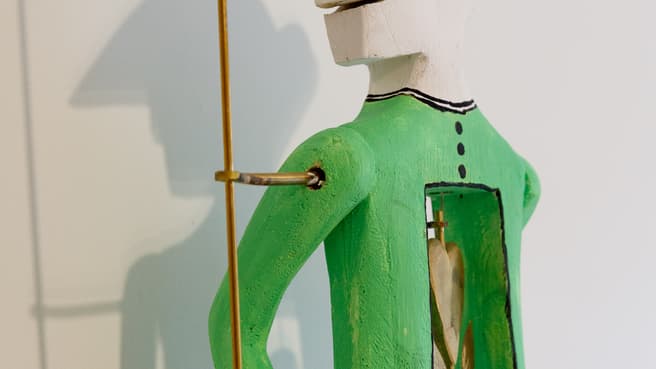Unfortunately we no longer support Internet Explorer.
Please use Microsoft Edge, Google Chrome or [Firefox](https://getfirefox. com/).
Back










 Now closed
Now closed
Osteopathie-Praxis Jäggi GmbH (Aarau)
About Us
Services
Parietal osteopathy
Visceral osteopathy
Craniosacral therapy
Sports osteopathy
Osteopathy for pregnant women
Osteopathy for children
Osteopathy for babies
Amenities
Barrier-free
Recognised by health insurance
Train/Bus station nearby
Emergency Service
Emergency services provided
Prices
Price per hour from CHF
168.-
Languages
French
English
German
Location and contact




Show directions
Osteopathie-Praxis Jäggi GmbH
- office address
Zwischen den Toren 4 5000 Aarau
-
Reto Jäggi
- Phone 0628... Show number 062 822 97 58 *
- Write an e-mail
- Visit site Visit site
- * No listing required
reviews
Do you wish to rate "Osteopathie-Praxis Jäggi GmbH"?

There are no reviews for this company yet.
Have you any experience of this company?

* These texts have been automatically translated.

Osteopathie-Praxis Jäggi GmbH
View opening hours



